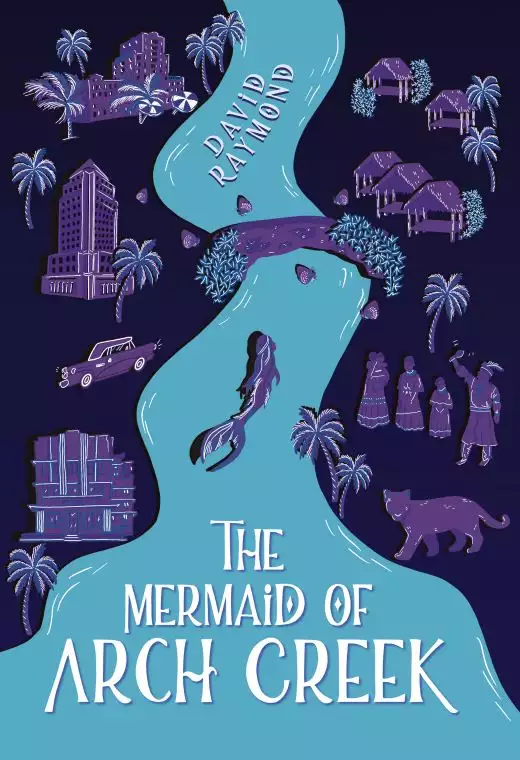
The Mermaid of Arch Creek
- eBook
- Paperback
Synopsis
Wekiwa Sawgrass, the beguiling savior of her tribe in the Florida Everglades, along with her spirit animal sidekick, Rainbow, set out to help her tribe escape the poverty of the early 20th Century.
After opening her restaurant on the Miami river, Wekiwa gains fame and fortune and builds her home on Arch Creek, a mystical area once inhabited by Native Americans. Wekiwa struggles to follow the path of the Great Spirits as she finds herself transformed and drawn to a darker side of magic, casting erotic spells upon her patrons.
Decades later, Anna Phylaxis and her daughter Gina acquire the house built by Wekiwa, discovering themselves able to communicate with the amorous spirit world trapped under their home.
With a series of mystical events, an enchanted Creek, and a wild cast of characters trying to unearth its secrets, The Mermaid of Arch Creek is sure to entertain even the most discerning lover of humorous paranormal mystery. Can Wekiwa fight off the darkness and fulfill her destiny? What really caused the Arch Creek Natural Bridge to collapse in 1973? Do you believe in Mermaids? Well, do you?
Release date: September 7, 2021
Publisher: David Raymond
Print pages: 245
Content advisory: 18+
* BingeBooks earns revenue from qualifying purchases as an Amazon Associate as well as from other retail partners.